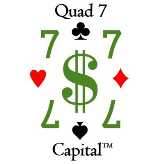Look out below! The volatility is back! We have been inundated with private messages about how to trade and what to do. At BAD BEAT Investing we have shifted our recent recommendations slightly to have longer outlooks with more value oriented and position building strategies. Does this mean our day and weekly trades are dead? Absolutely NOT. But, we are not going to recommend junk for the sake of recommendation volume which will cost you money in the long run. It is not going to happen. With the firesale in the market, and BAD BEAT having raised prices for new members, we are offering a one-day sale for $396 to join annually or $61.60 monthly if you join today. Free trials are BACK. This brings the price back to our founding levels for TODAY ONLY.
YES I WANT TO BE A WINNER TOO---> Get started
No thanks.
HOW TO PROTECT YOUR MONEY
Even if you are paying a just dollar or two a day for access to our team, we believe in taking care of you as a community of traders. Thus we felt compelled, especially for some of our more novice traders, to discuss what is going on and how you can position a bit defensively in the near- to medium-term.
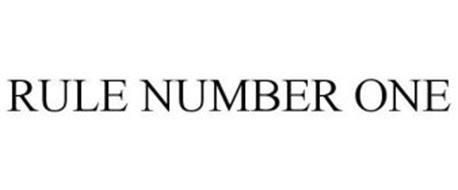
The very first rule is that your trading portfolio should be 20% or less than your overall investment portfolio. If you are trading with with more than this, it is exceptional risk. If you are using your entire bankroll to trade, lets face it, you are gambling. While we take moderated risk here and build in controls, you should always have core positions to build long-term wealth and use trading to pad returns. That's the recipe and playbook we were founded on and it has worked since before and through the Great Recession. So, what can you do to play a little defense? Well Join BAD BEAT is one, but we will tell you more.
Stocks With Dividend Yields Greater Than Long-Term Treasury Yields
One of the best defensive strategies is to initiate and build up a position in stocks that have healthy earnings and a relatively good dividend payout ratio and dividend yield, especially when compared to the yield that is available on the risk-free United States Treasury bond. The logic is actually pretty simple: Investors are always comparing everything to this so-called “risk-free" rate. The reason? When you buy a debt obligation of the United States, you can be certain that you are going to get paid. So can you get paid MORE is the question.
When the dividend yield of a stock is the same as the Treasury bond, many investors would prefer to own the former. Not only do you get more cash from the dividend yield because of favorable tax treatment (dividends are subject to a maximum 23.6% Federal tax rate while Treasury bonds, although exempt from state and local taxes, can run as high as the 39.6% tax bracket). Perhaps more importantly, you get the capital gains generated from an increasing stock price. After all, what reasonable person wouldn’t want to have their cake and eat it too? Then again, there is the risk premium to consider, so we like to own names that offer a higher yield, but not sky high so the dividend is at risk. The sweet spot is usually 4%-6%.
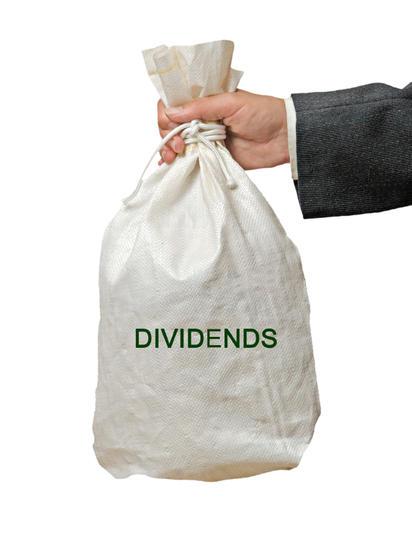
Here’s how it protects you during a down market: as the stock price falls, the dividend yield goes up because the cash dividend is a larger percentage of the purchase price of each share. For example, a $100 stock with a $2 dividend would have a 2% dividend yield; if the stock fell to $50 per share, however, the dividend yield would be 4% ($2 divided by $50 = 4%.) In the midst of a market crash, at some point the dividend yield becomes so high that investors with excess liquidity often sweep into the market, buying up the shares and driving up the price. It happens a lot.
That’s why you typically see less damage to high dividend paying stocks during down markets. Even recently, names like (KO) (MCD) (T) have held up decently. Longer-term, as the stocks fall a bit and a higher-yield is paid, you can reinvest those dividends to build a massive position and capitalize on the eventual turn around.
Consumer Staple Companies and Other Blue Chip Stocks With Conservative Balance Sheets
In strained economic times, the stability of profits is extremely important. This is why cyclical names get crushed when cycles sloiw: earnings fall. Often, the most successful stocks are those that have durable competitive advantages. These consumer staples sell things such as mouthwash, toilet paper, toothpaste, laundry soap, breakfast cereal, and soda. No matter how bad the economy gets, it’s doubtful that anyone is going to stop brushing their teeth or washing their clothes.
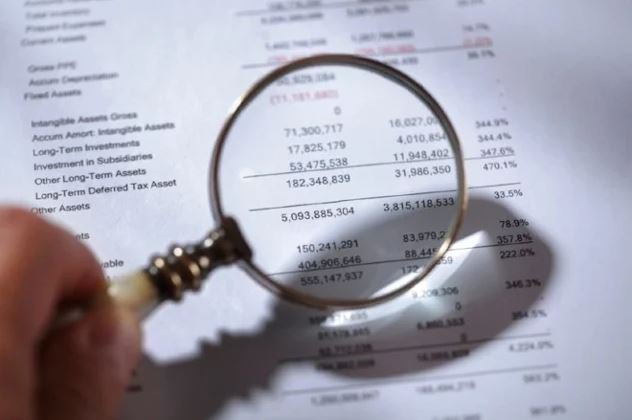
Finding these companies isn’t hard. They are often known as blue chip stocks and make up the Dow Jones Industrial Average. They include household names such as 3M, Altria, American Express, Exxon Mobil and other oil names, Johnson & Johnson, McDonald’s, Procter & Gamble, and Wal-Mart. They often have extremely large market capitalizations and are recession proof when it comes to earnings, RELATIVELY speaking.
Good Companies With Large Share Repurchase Programs Often Make for Good Defensive Holdings
Some companies, regularly repurchase enormous amounts of their own shares. (AZO) which is a BAD BEAT favorite which made our members a TON of money on two trades, is a prime example. But there are others. Micron which is cyclical and in pain, is set to buy back 20% of the float! In a falling market, this can help reduce pressure because, as the stock is sold, the company itself is often standing by with its checkbook open. There is a double benefit here in that if the stock does become undervalued, long-term shareholders benefit from these repurchases, as the enterprise is able to reduce the total shares outstanding far more quickly as a result of a lower stock price, increasing future earnings per share and cash dividends for the remaining stock. This is especially beneficial when things turn around the stock recovers because the shares that remain get a higher boost.
Stocks at Lower Valuations as Measured by Historical Metrics
This is one reason we have been recommending Visa. Rudimentary valuations show the multiple is compressing, but earnings and revenue forecasts have not diminished at all. Find companies that are being punished but are NOT guiding lower. This is how you pick winners in a market that is losing in the short-run.
More defensive approaches
We very much recommend watching closely to see what happens in the next few weeks, listening to the Fed statements, reading meeting and earnings transcripts of key companies and overall, just being prepared. It may be a good idea to lock in a little bit of profit now if you have it in some of your winners. THERE IS NOTHING WRONG WITH BUILDING CASH.
Further, to take some protective action, traders may want to put on some bearish positions. Those who are bearish could consider not only selling stock, but also selling covered calls on their positions, shorting stocks or buying puts.
While each of these approaches has its respective benefits and risks, in this article I want to highlight three volatility funds and one leveraged bear fund that could provide great short-term returns in the event of a market sell-off. These funds have performed terribly in the bull market of 2010-2018 as the market has seen record low volatility and extreme bullish action during this time. However, this is NOT the case in recent weeks. In recent weeks, FANTASTIC trades could have been made here. The following funds will provide superb short-term returns in periods of pain, but be warned, they should only be considered SHORT-TERM.
Direxion Daily Small Cap Bear 3X Shares (TZA): This is our favorite way to trade in a true bear market short-term. It is also in the highest risk category given its leveraged nature. TZA management seeks daily investment results of 300% of the inverse of the price performance of the Russell 2000 Index (also known as the small cap index). The Russell 2000 measures the performance of the small-cap segment of the US equity universe and consists of the smallest 2,000 companies in the Russell 3000 Index, representing approximately 10% of the total market capitalization of the Russell 3000 Index. It includes approximately 2,000 of the smallest securities based on a combination of their market cap and current index membership. TZA actually does not invest in equity securities or stocks. What TZA does is create short positions by investing at least 80% of its net assets in financial instruments to provide leveraged and unleveraged exposure to the small cap index and the remainder in money market instruments. Given the erosion TZA usually undergoes reverse splits. Never buy and hold. It is meant for trading week to week. It now currently trades at $11.54 a share on average daily volume of 13 million shares. TZA has a 52-week range of $7.8-$14.72. During large selloffs, it is not uncommon for TZA to gain 5%-8% in a session.
iPath S&P 500 Short-Term VIX futures ETN (VXX): The Chicago Board Options Exchange Market Volatility Index or the VIX, is a popular measure of the implied volatility of the S&P 500 market index. You may hear it often referred to as the fear gauge or the fear index. The VIX is a measure that is supposed to represent the market's expectation of stock market volatility over the next 30-day period. The VXX is a fund that is one of the better ways to track the VIX (which is not directly available to invest in), in my opinion. This investment seeks to replicate, net of expenses, the S&P 500 VIX Short-Term Futures Total Return Index. The index offers exposure to a daily rolling long position in the first and second month VIX futures contracts and reflects the implied volatility of the S&P 500 index at various points along the volatility forward curve. The index futures roll continuously throughout each month, from the first month VIX futures contract into the second month VIX futures contract. The fund has an annual expense ratio of 0.89%, is currently trading at $36.78 and has a 52-week trading range of $25.59-$56.50.
ProShares Ultra VIX Short-Term Futures ETF (UVXY): This is among our favorite plays when we expect a short-term volatility spike. The investment fundseeks to replicate (net of expenses) twice the return of the S&P 500 VIX Short-Term Futures index for a single day. The index measures the movements of a combination of VIX futures and is designed to track changes in the expectation for one month in the future. On average, approximately 10.6 million units exchange hands daily. UVXY currently trades at $57.82 and has a 52-week range of $35.04-$150.90. This wide range has been a result of multiple reverse stock splits conducted by the fund's managers. In times of volatility, this instrument has been known to pop 15%-20% in a day.
VelocityShares Daily 2x VIX ST ETN (TVIX): This is our least favorite, but still effective play on very short-term volatility. The return on this fund is linked to twice the daily performance of the S&P 500 VIX Short-Term Futures. It was designed to provide investors with exposure to one or more maturities of futures contracts on the VIX, which reflects implied volatility of the S&P 500 Index at various points along the volatility forward curve. The calculation of the VIX is based on prices of put and call options on the S&P 500 Index. This fund has a 1.65% expense ratio and currently trades at $44.76 even after undergoing a number of reverse splits. TVIX has a 52-week range of $24.74-$154.70 (note this range does not account for shares reverse splitting).
ProShares Short S&P 500 (SH): This ETF seeks daily investment results that correspond to the inverse of the daily performance of the S&P 500 index. As most investors know, the S&P 500 index is a measure of large-cap United States stock performance. It is a capitalization weighted index of 500 United States operating companies and selected real estate investment trusts. SH attempts to invest at least 80% of its net assets, including any borrowings for investment purposes, to investments that, in combination, have economic characteristics that are inverse to those of the index. It intends to invest assets not invested in financial instruments, in debt instruments and/or money market instruments. The fund intends to concentrate its investments in a particular industry or group of industries to approximately the same extent the underlying index is concentrated.
SH is a low risk way to take a bearish position. It should be noted that because there is an expense fee associated with the ETF (like most ETFs) and that it seeks daily results, the investment could lose value over time in a stagnant market. The SH has an expense ratio of 0.89% annually, meaning $89 on a $10,000 investment goes to fees annually. SH currently trades at $29.10 on approximately 5.6 million shares exchanging hands daily. SH has a 52-week range of $27.08-$31.77
ProShares UltraShort S&P 500 (SDS): For those with slightly more risk appetite seeking to make a leverage bet to the downside, SDS could be a profitable play. This leveraged fund seeks daily investment results that correspond to twice the inverse of the daily performance of the S&P 500. SDS invests in common stock issued by public companies. SDS also invests in derivatives, which are financial instruments whose value is derived from the value of an underlying asset, interest rate or index. The value of shares not only depreciated from being sold down with other bearish plays during the bull market, but was also hurt by its expense ratio (0.90%) and the fact that it is adjusted daily. Funds that seek daily performance never track the long-term performance of an underlying index due to a concept known as "slippage." More on that can be found here. Despite this fact, daily leveraged funds such as the SDS, in periods of panic and bearishness, perform exceptionally well. Thus, a well-timed position can be very profitable. SDS currently trades at $38.13 a share. SDS has average daily volume of 7.1 million shares exchanging hands. SDS has a 52-week range of $32.53-$45.27.
Direxion Daily S&P 500 Bear 3x ETF (SPXS): For those with the highest appetite for risk, besides investors who are willing to short stocks or buy put options, the SPXS can be considered for heavily leveraged bearish exposure. SPXS, formerly the Direxion Daily Large Cap Bear 3X fund, seeks daily investment results before fees and expenses of 300% of the inverse of the price performance of the S&P 500 Index. As with other funds, there is no guarantee the fund will meet its stated investment objective and is subject to slippage as described above. The fund also has a higher 0.93% annual expense ratio.
Under normal circumstances, SPXS management creates short positions by investing at least 80% of its net assets in: futures contracts; options on securities, indices and futures contracts; equity caps, collars and floors; swap agreements; forward contracts; short positions; reverse repurchase agreements; ETFs; and other financial instruments that, in combination, provide leveraged and unleveraged exposure to the S&P 500. Given this approach, in times of market sell-offs, the SPXS will deliver outsized returns. Thus, this fund should be considered by those who seek to profit from panic that could result from a fast sell-off that jolts the market.
SPXS currently trades at $26.17 a share. SPXS has average daily volume of 5.8 million shares exchanging hands. SPXS has a 52-week trading range of $20.83-$34.42.
Options plays
We are not an options service, but there are a few things you can do, depending on you level of bearishness.
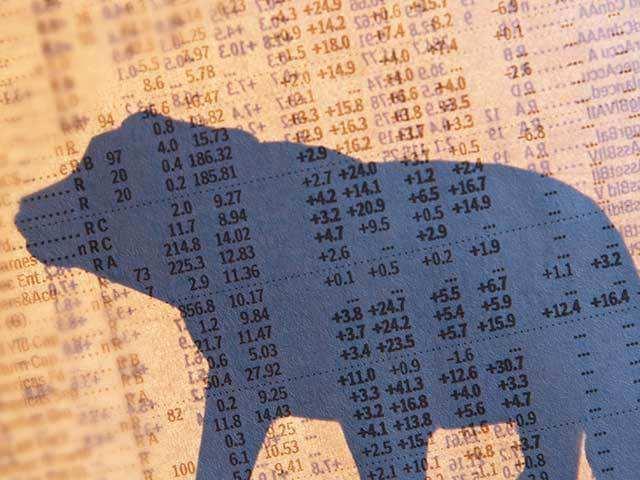
Very Bearish? The most bearish of options trading strategies is the simple buyin of a put utilized by most novice options traders. One could simply buy a long dated put against the SP500 and if the market goes down month after month, you will be rewarded.
Moderately Bearish? In most cases, stock price seldom make steep downward moves. Moderately bearish options traders usually set a target price for the expected decline and use bear spreads to reduce risk. While maximum profit is capped for these strategies, they usually cost less to employ. This is our preferred way to use options in this kind of environment.
Only a little bearish? Mildly bearish trading strategies are options strategies that make money as long as the underlying stock price do not go up on options expiration date. These strategies usually provide a small upside protection as well. A good example would be writing naked out of the money covered calls. You can also offset price depreciation in stocks you DO own, but writing covered calls and collecting the premium. This works very well if you want continue holding the stock or buy more, but want to raise cash. Worse case scenario is you get called away and lock in a profit at the strike price.
Join A Community Of Traders Seeking Rapid-Returns. PRICES WILL NEVER BE THIS LOW AGAIN
If you enjoyed reading this column and our thought process you may wish to consider joining the community of traders at BAD BEAT Investing.
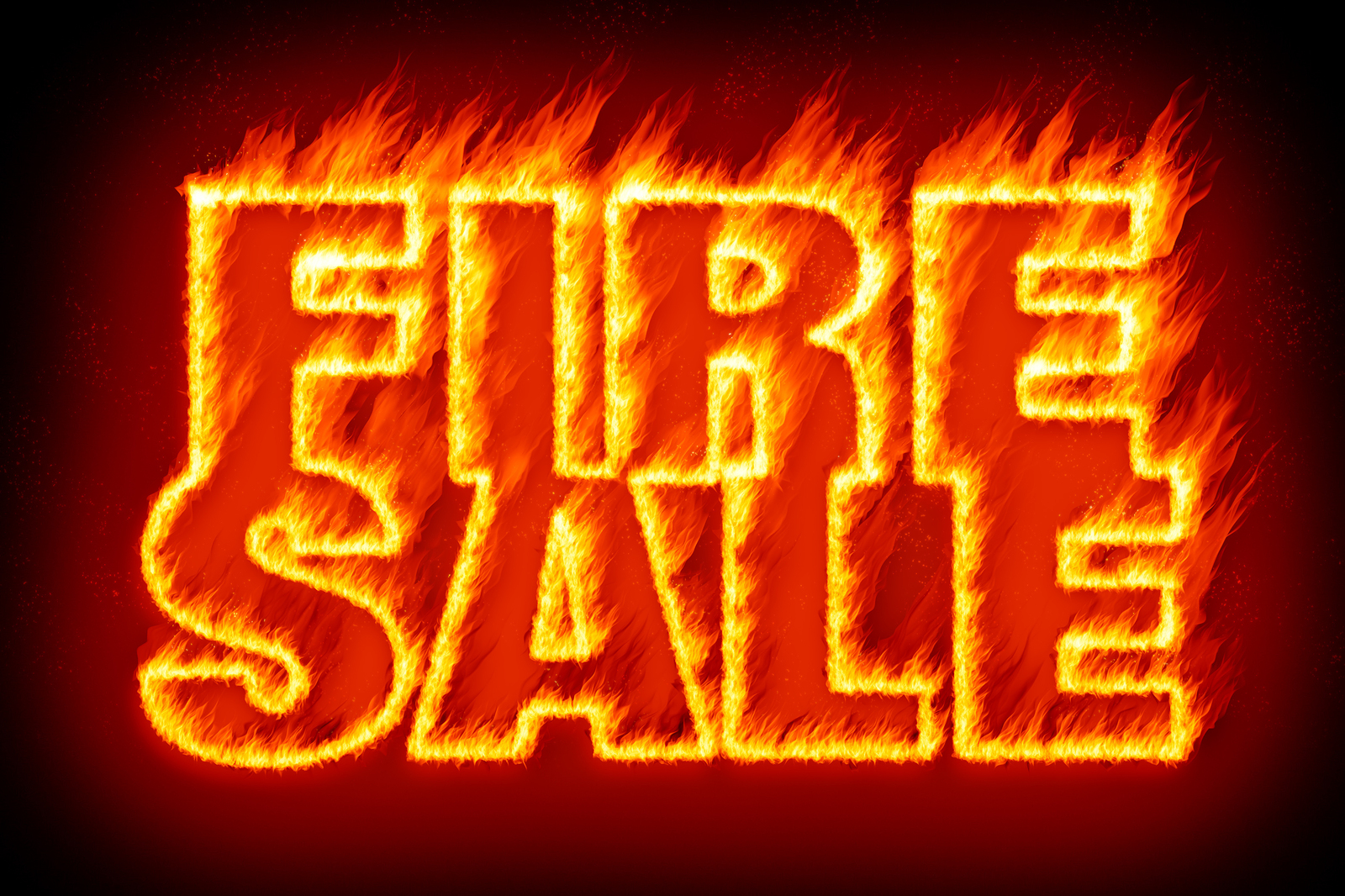
We are available all day during market hours to answer questions, and help you learn and grow. Learn how to best position yourself to catch rapid-return trades.
- We're a top performing marketplace service.
- You get access to a dedicated team, available all day during market hours.
- Rapid-return trade ideas each week
- Target entries, profit taking, and stops rooted in technical and fundamental analysis
- Start winning today

